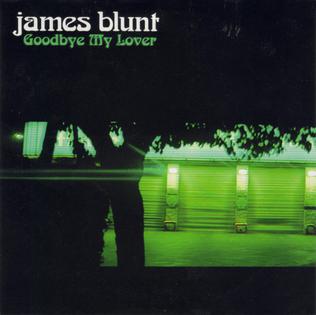Piano Sheets > James Blunt Sheet Music > Goodbye My Lover (ver. 2) Piano Sheet
Goodbye My Lover (ver. 2) by James Blunt - Piano Sheets and Free Sheet Music

About the Song
Other avaliable versions of this music sheet: Version 2 Version 3 Version 4 Version 5
"Goodbye My Lover" is a pop rock song written by British singer James Blunt and Sacha Skarbek for Blunt's debut album Back to Bedlam (2004). The song was produced by Tom Rothrock and Jimmy Hogarth and received a mixed reception from music critics. It was released as the fourth single in November 2005 and reached the top ten in the United Kingdom, where it became Blunt's second top ten single. It also reached the top ten in Sweden, Australia and France. In the United States, "Goodbye My Lover" had modest success on the Billboard singles chart, where it reached number sixty-six on the Billboard Hot 100 due to digital downloads, even though the single was not yet released in the U.S. The song was formally released in the United States on November 7, 2006. James Blunt (born James Hillier Blount; February 22; 1974) is an English singer-songwriter whose debut album; Back to Bedlam; and single releases .
Download this sheet!
About the Artist

Random article
How to search for the best free sheet music on the internet If you would love to learn how to play the piano but do not have the funds to afford expensive lessons then sheet music can help you. There are plenty of websites online, which provide you with free sheet music. You can play classic compositions using such sheet music free piano.
Different styles
You can search online to find free sheet music for piano. There are sites, which provide many different kinds of genres of music and the piano notes for such compositions. Whether it is rock and roll, pop, rhythm and blues, classics or some other genre, you are sure to find the appropriate musical notes for these compositions.
(More...)
